|
Your search criteria found 648 images Mission |
| My List |
Addition Date | Target | Mission |
Instrument
|
Size |

|
2001-11-27 | Io |
Galileo |
Solid-State Imaging |
798x401x1 |
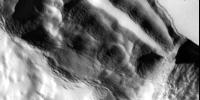
|
|||||

|
2001-12-10 | Io |
Galileo |
Solid-State Imaging |
5065x3361x1 |
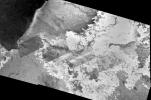
|
|||||

|
2001-12-10 | Io |
Galileo |
Solid-State Imaging |
736x680x3 |
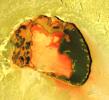
|
|||||

|
2000-08-11 | Europa |
Galileo |
Solid-State Imaging |
3116x2652x1 |
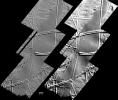
|
|||||

|
2000-09-25 | Jupiter |
Galileo |
Solid-State Imaging |
4306x3306x3 |
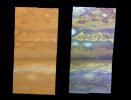
|
|||||

|
2000-09-25 | J Rings |
Galileo |
Solid-State Imaging |
4306x3306x3 |
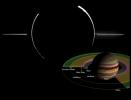
|
|||||

|
2000-09-25 | Europa |
Galileo |
Solid-State Imaging |
4306x3306x3 |
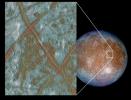
|
|||||

|
2002-10-30 | Europa |
Galileo |
Solid-State Imaging |
849x660x3 |
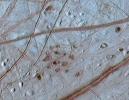
|
|||||

|
2001-03-13 | Ganymede |
Galileo |
Solid-State Imaging |
1078x636x3 |
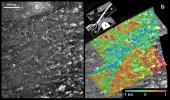
|
|||||

|
2001-03-13 | Ganymede |
Galileo |
Solid-State Imaging |
328x450x3 |

|
|||||

|
2001-03-13 | Ganymede |
Galileo |
Solid-State Imaging |
404x294x1 |
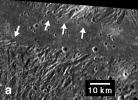
|
|||||

|
2001-03-13 | Ganymede |
Galileo |
Solid-State Imaging |
542x425x1 |

|
|||||

|
2001-03-13 | Ganymede |
Galileo |
Solid-State Imaging |
1089x842x1 |
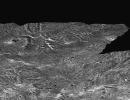
|
|||||

|
2001-08-22 | Callisto |
Galileo |
Solid-State Imaging |
2000x1510x1 |
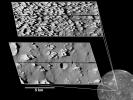
|
|||||

|
2001-08-22 | Callisto |
Galileo |
Solid-State Imaging |
740x753x3 |

|
|||||

|
2002-05-28 | Io |
Galileo |
Solid-State Imaging |
1174x1024x1 |
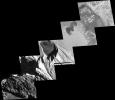
|
|||||

|
2002-05-28 | Io |
Galileo |
Solid-State Imaging |
1280x963x1 |
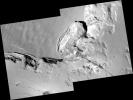
|
|||||

|
2002-05-28 | Io |
Galileo |
Solid-State Imaging |
1280x866x1 |
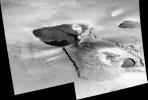
|
|||||

|
2002-05-28 | Io |
Galileo |
Solid-State Imaging |
800x800x1 |
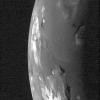
|
|||||

|
2002-05-28 | Io |
Galileo |
Solid-State Imaging |
1280x929x1 |
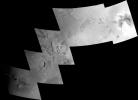
|
|||||

|
2002-05-28 | Io |
Galileo |
Solid-State Imaging |
1122x842x1 |
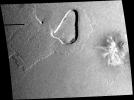
|
|||||

|
2001-12-10 | Io |
Galileo |
Solid-State Imaging |
954x1035x1 |

|
|||||

|
2002-12-06 | Io |
Galileo |
Solid-State Imaging |
1262x1043x1 |
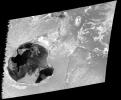
|
|||||

|
2002-12-06 | Io |
Galileo |
Solid-State Imaging |
1907x2955x3 |

|
|||||

|
2002-12-06 | Io |
Galileo |
Solid-State Imaging |
798x561x1 |
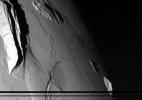
|
|||||

|
2002-12-06 | Io |
Galileo |
Solid-State Imaging |
4200x3200x3 |
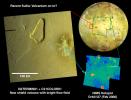
|
|||||

|
2002-12-06 | Io |
Galileo |
Solid-State Imaging |
720x431x3 |
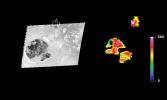
|
|||||

|
2004-08-13 | Ganymede |
Galileo |
Solid-State Imaging |
720x540x3 |
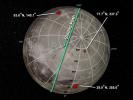
|
|||||

|
2005-05-31 | Amalthea |
Galileo Voyager |
Solid-State Imaging |
1800x541x3 |

|
|||||

|
2007-04-02 | Io |
Galileo Voyager |
Solid-State Imaging |
11445x3643x3 |

|
|||||

|
2011-03-31 | J Rings |
Galileo |
Solid-State Imaging |
715x781x1 |

|
|||||

|
2013-03-05 | Europa |
Galileo |
Solid-State Imaging |
4200x5814x3 |

|
|||||

|
2013-11-25 | Europa |
Galileo |
Solid-State Imaging |
603x433x3 |
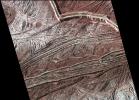
|
|||||

|
2014-07-08 | Europa |
Galileo |
Solid-State Imaging |
766x750x3 |
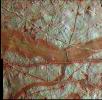
|
|||||

|
2016-05-17 | Europa |
Galileo |
Solid-State Imaging |
1252x2448x3 |

|
|||||

|
2017-02-08 | Europa |
Galileo |
Solid-State Imaging |
1338x2619x1 |

|
|||||

|
2019-04-11 | Europa |
Galileo |
Solid-State Imaging |
1557x1093x3 |
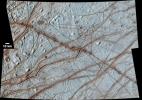
|
|||||

|
2023-04-14 | Europa |
Galileo |
Solid-State Imaging |
400x400x1 |
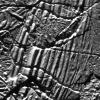
|
|||||

|
2023-04-14 | Europa |
Galileo |
Solid-State Imaging |
360x360x1 |
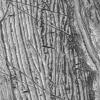
|
|||||

|
2011-04-08 | Saturn |
Cassini-Huygens Galileo |
Radar Mapper Solid-State Imaging |
1620x909x1 |
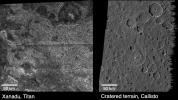
|
|||||

|
1998-01-21 | Europa |
Galileo |
Photopolarimeter-Radiometer |
987x1459x3 |

|
|||||

|
1998-01-21 | Ganymede |
Galileo |
Photopolarimeter-Radiometer |
988x1330x3 |

|
|||||

|
1998-01-21 | Ganymede |
Galileo |
Photopolarimeter-Radiometer |
988x1233x3 |

|
|||||

|
1998-04-02 | Ganymede |
Galileo |
Photopolarimeter-Radiometer |
432x540x3 |

|
|||||

|
1998-04-02 | Jupiter |
Galileo |
Photopolarimeter-Radiometer |
468x604x3 |

|
|||||

|
1998-04-02 | Jupiter |
Galileo |
Photopolarimeter-Radiometer |
429x585x3 |

|
|||||

|
1998-12-07 | Jupiter |
Galileo |
Photopolarimeter-Radiometer |
1500x2571x3 |

|
|||||

|
2000-05-18 | Io |
Galileo |
Photopolarimeter-Radiometer |
710x746x3 |

|
|||||

|
2000-05-18 | Io |
Galileo |
Photopolarimeter-Radiometer |
1225x827x3 |

|
|||||

|
2001-06-22 | Io |
Galileo |
Photopolarimeter-Radiometer |
1157x574x3 |
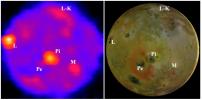
|
|||||

|
2001-12-10 | Io |
Galileo |
Photopolarimeter-Radiometer |
1655x1339x3 |
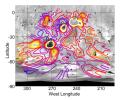
|
|||||

|
1997-09-23 | Jupiter |
Galileo |
Photopolarimeter Subsystem |
807x700x3 |
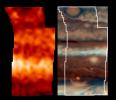
|
|||||

|
1997-09-24 | Jupiter |
Galileo |
Photopolarimeter Subsystem |
585x376x3 |
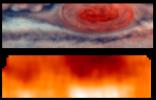
|
|||||

|
1997-09-29 | Jupiter |
Galileo |
Photopolarimeter Subsystem |
875x605x3 |
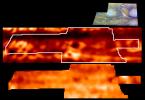
|
|||||

|
1996-01-29 | Venus |
Galileo |
Near Infrared Mapping Spectrometer |
1000x1000x3 |
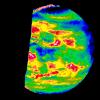
|
|||||

|
1996-01-29 | Venus |
Galileo |
Near Infrared Mapping Spectrometer |
1001x1000x3 |
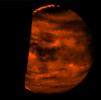
|
|||||

|
1996-02-08 | Venus |
Galileo |
Near Infrared Mapping Spectrometer |
600x310x1 |
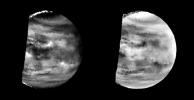
|
|||||

|
1996-02-08 | Venus |
Galileo |
Near Infrared Mapping Spectrometer |
810x500x1 |
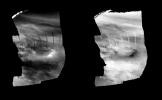
|
|||||

|
1996-02-08 | Earth |
Galileo |
Near Infrared Mapping Spectrometer |
460x328x3 |
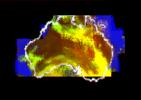
|
|||||

|
1996-02-08 | Moon |
Galileo |
Near Infrared Mapping Spectrometer |
2364x2364x3 |
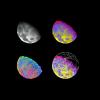
|
|||||

|
1998-03-26 | Ganymede |
Galileo |
Near Infrared Mapping Spectrometer |
1950x1500x3 |
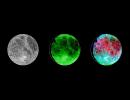
|
|||||

|
1998-03-26 | Jupiter |
Galileo |
Near Infrared Mapping Spectrometer |
233x506x3 |
|
|
|||||

|
1998-03-26 | Io |
Galileo |
Near Infrared Mapping Spectrometer |
1900x1300x3 |
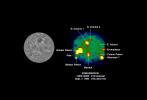
|
|||||

|
1998-03-26 | Jupiter |
Galileo |
Near Infrared Mapping Spectrometer |
1000x800x3 |
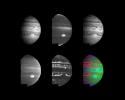
|
|||||

|
1998-03-26 | Europa |
Galileo |
Near Infrared Mapping Spectrometer |
1279x676x3 |
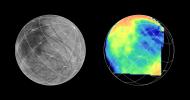
|
|||||

|
1998-03-26 | Io |
Galileo |
Near Infrared Mapping Spectrometer |
1525x1100x1 |
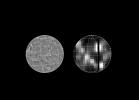
|
|||||

|
1998-03-26 | Io |
Galileo |
Near Infrared Mapping Spectrometer |
1525x1100x3 |
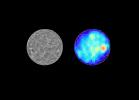
|
|||||

|
1998-03-26 | Jupiter |
Galileo |
Near Infrared Mapping Spectrometer |
1300x900x3 |
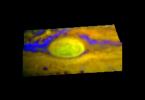
|
|||||

|
1998-03-26 | Callisto |
Galileo |
Near Infrared Mapping Spectrometer |
1065x863x3 |
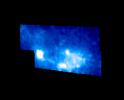
|
|||||

|
1998-06-17 | Europa |
Galileo |
Near Infrared Mapping Spectrometer |
820x470x1 |
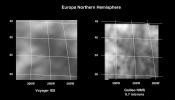
|
|||||

|
1998-03-26 | Io |
Galileo |
Near Infrared Mapping Spectrometer |
1300x850x3 |
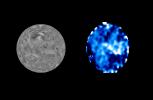
|
|||||

|
1998-03-26 | Jupiter |
Galileo |
Near Infrared Mapping Spectrometer |
900x800x3 |
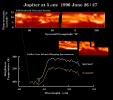
|
|||||

|
1998-03-26 | Ganymede |
Galileo |
Near Infrared Mapping Spectrometer |
1143x635x3 |
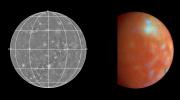
|
|||||

|
1998-03-26 | Io |
Galileo |
Near Infrared Mapping Spectrometer |
1600x1300x3 |
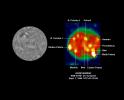
|
|||||

|
1998-03-26 | Europa |
Galileo |
Near Infrared Mapping Spectrometer |
1650x1950x1 |

|
|||||

|
1998-03-26 | Jupiter |
Galileo |
Near Infrared Mapping Spectrometer |
1000x800x3 |
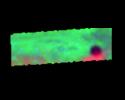
|
|||||

|
1998-03-26 | Jupiter |
Galileo |
Near Infrared Mapping Spectrometer |
700x900x1 |

|
|||||

|
1998-03-26 | Europa |
Galileo |
Near Infrared Mapping Spectrometer |
1000x800x1 |
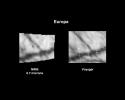
|
|||||

|
1998-03-26 | Ganymede |
Galileo |
Near Infrared Mapping Spectrometer |
1588x762x3 |
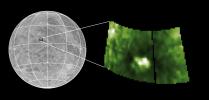
|
|||||

|
1998-03-26 | Europa |
Galileo |
Near Infrared Mapping Spectrometer |
1326x863x3 |
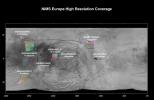
|
|||||

|
1998-03-26 | Io |
Galileo |
Near Infrared Mapping Spectrometer |
1017x635x3 |
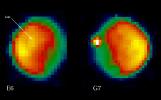
|
|||||

|
1998-03-26 | Ganymede |
Galileo |
Near Infrared Mapping Spectrometer |
445x525x1 |

|
|||||

|
1998-03-26 | Io |
Galileo |
Near Infrared Mapping Spectrometer |
2200x1700x3 |
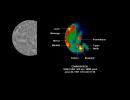
|
|||||

|
1997-11-17 | Callisto |
Galileo |
Near Infrared Mapping Spectrometer |
900x850x3 |
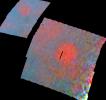
|
|||||

|
1997-11-17 | Callisto |
Galileo |
Near Infrared Mapping Spectrometer |
1800x1700x3 |
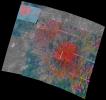
|
|||||

|
1998-03-26 | Jupiter |
Galileo |
Near Infrared Mapping Spectrometer |
712x725x3 |

|
|||||

|
1998-03-26 | Io |
Galileo |
Near Infrared Mapping Spectrometer |
1225x935x3 |
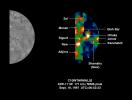
|
|||||

|
1999-09-30 | Europa |
Galileo |
Near Infrared Mapping Spectrometer |
837x796x3 |
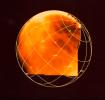
|
|||||

|
1999-11-04 | Io |
Galileo |
Near Infrared Mapping Spectrometer |
959x581x3 |
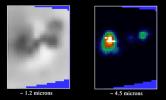
|
|||||

|
1999-11-19 | Io |
Galileo |
Near Infrared Mapping Spectrometer |
1157x1241x3 |

|
|||||

|
1999-11-19 | Io |
Galileo |
Near Infrared Mapping Spectrometer |
1157x841x3 |
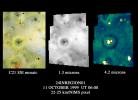
|
|||||

|
1999-11-19 | Io |
Galileo |
Near Infrared Mapping Spectrometer |
841x631x3 |
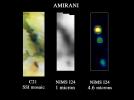
|
|||||

|
1999-12-17 | Io |
Galileo |
Near Infrared Mapping Spectrometer |
800x400x3 |
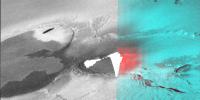
|
|||||

|
2000-04-19 | Europa |
Galileo |
Near Infrared Mapping Spectrometer |
700x600x3 |
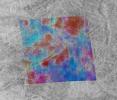
|
|||||

|
2000-05-18 | Io |
Galileo |
Near Infrared Mapping Spectrometer |
1000x1200x3 |

|
|||||

|
2000-05-18 | Io |
Galileo |
Near Infrared Mapping Spectrometer |
1192x784x3 |
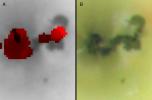
|
|||||

|
2000-05-18 | Io |
Galileo |
Near Infrared Mapping Spectrometer |
2000x2028x3 |

|
|||||

|
2000-05-18 | Io |
Galileo |
Near Infrared Mapping Spectrometer |
504x604x3 |

|
|||||

|
2000-05-18 | Io |
Galileo |
Near Infrared Mapping Spectrometer |
661x556x3 |
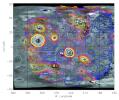
|
|||||

|
2000-05-18 | Io |
Galileo |
Near Infrared Mapping Spectrometer |
1060x767x3 |
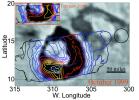
|
|||||

|
 |
 |
 |
 |
 |
 |
 |

|
| 1-100 | 101-200 | 201-300 | 301-400 | 401-500 | 501-600 | 601-700 |
| Currently displaying images: 501 - 600 of 648 |